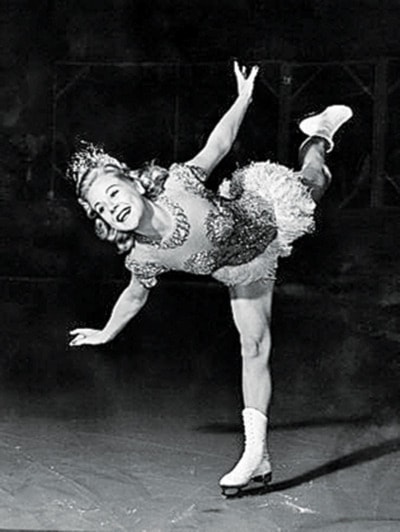July 1912
In mid-July of 1912, Ladysmith was experiencing a heat wave, which made for long, hot and “testy” city council meetings. A review of the council meetings for the month reveals lengthy discussions on such key issues as: the purchase of a Remington versus a Royal typewriter for City Hall; discussion over the removal of a “dangerous” metal sign placed on a city electrical pole by the Victoria Auto Club; a heated argument over the rewording of the city’s “noxious weeds” bylaw; debate on whether the city or local merchants should pay for stump removal on Methuen Street; and the use of obscene language by young boys in public places in town.
However, residents considered themselves fortunate when the news reached Ladysmith that Saskatchewan had been hit by a tornado on the last day of June. It slashed through six city blocks in Regina, killing 40 people, injuring 300 others, destroying 500 buildings and leaving a quarter of the population homeless. (The “Regina Cyclone” lasted only three minutes, but it took 46 years to pay for the damages. It remains the deadliest tornado in Canadian history.)
July 1937
Twenty-five years later, the city was experiencing another hot July. Ladysmith could hardly complain. On July 5, 1937, the highest temperature recorded in Canada was reached at Yellowgrass, Sask., when the mercury soared to 45°C (113° F).
To help cool down Ladysmith, the Rialto Theatre featured a film called One in a Million, starring Sonja Henie, three-time Olympic women’s figure skating champion, who had studied with the Bolshoi Ballet in Russia and successfully introduced the art of dance (and the short skirt) into ice skating competition. This was Henie’s first film and featured a “breathtaking winter ballet on ice.” The enthralled Ladysmith film audience was unable to take its eyes off “the pert, five-feet-two-inches-tall, 110-pound blonde and very attractive” Miss Henie.
An article in the July 23 Chronicle reported that Mr. R. C. Henderson had been successful in introducing the boysenberry to Vancouver Island. The berry, original developed in California, adapted well to the local climate and proved to be very popular on Vancouver Island. Rudolph Boysen, who originally developed the hybrid by crossing several varieties of raspberry, loganberry and blackberry vines, had given some of the berries to Walter Knott of Buena Vista, Calif. Knott then shipped some to Henderson to test “their northern winter hardiness.” (Note: Walter Knott used the berry to make a popular jam. The success of this preserve marked the beginning of the world famous Knott’s Berry Farm in California.)
July 1962
Longtime Ladysmith resident Mrs. Margaret Walker received congratulatory telegrams from Queen Elizabeth and Prime Minister John Diefenbaker commemorating her 100th birthday on July 25. (Note: Mrs. Walker lived in Saltair at Blainey’s Corner for many years. She passed away later that year in November.)
Mrs. M. Loos, who operated Dunn’s Grocery at the corner of White Street and Second Avenue, faced some tough competition. Her two sons, Michael and Bobby, set up a cardboard store in front of the grocery. The enthusiastic young entrepreneurs offered shoe shines and bags of cherries for sale at a very reasonable price. It is tough to compete in the produce market — especially when your competitors are selling cherries from your backyard, packaged in your brown paper bags.
Compiled by Ed Nicholson, Ladysmith Historical Society
